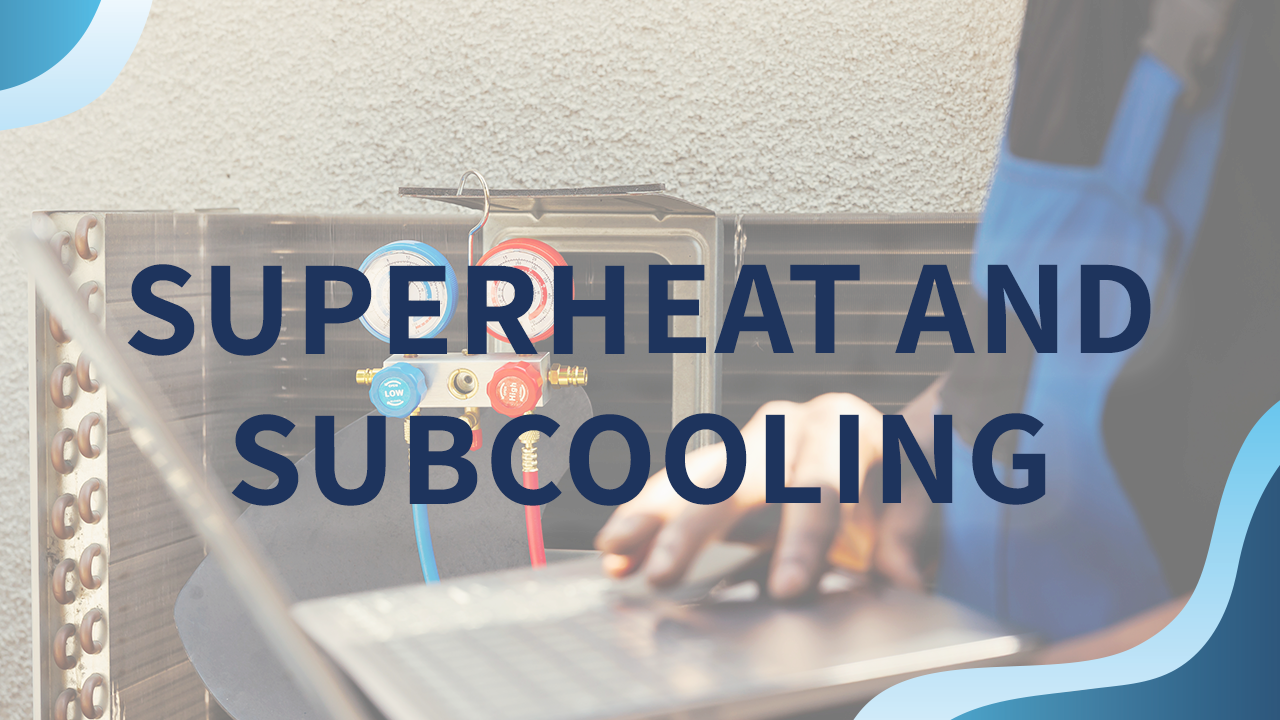Versatility is essential when you’re an HVAC contractor because of the number of issues you’ll encounter. While some may be simple, others require in-depth calculations and troubleshooting knowledge. Two concepts that test your HVAC prowess are superheat and subcooling. They’re essential pieces of information when you’re troubleshooting an AC unit. We’ll provide more insight below.
What is Superheat?
Superheat is the amount of heat added to a vapor above its boiling point. As a result, it shows the amount of heat your Freon has gathered over time.
However, when the reading is too high, there isn’t sufficient refrigerant, and the system will be inefficient. But if it’s too low, there’s too much liquid in the evaporator, which could damage the compressor.
How Do You Measure Superheat?
To measure superheat, here’s what you do:
- Measure the suction pressure of the compressor using a gauge manifold
- Once you figure that out, use a corresponding pressure chart to calculate the boiling point
- Next, let the unit run for about 15 – 20 minutes for the best results
- Use a temperature probe to gauge the amount of freon coming from the evaporator. Then subtract the saturation temperature to get the superheat measurement.
What is Subcooling?
Subcooling lets you know how cool the liquid Freon gets in the condenser coil. Sometimes, the Freon’s temperature isn’t far enough below its evaporation point, meaning there’s a lack of charge in the system.
On the other hand, temperatures that are too cold could create excess freon in the system, causing a backup in the condenser and inefficiency.
Measuring Subcooling
To measure subcooling, follow these steps:
- Attach the gauge manifold to the liquid line service port and the pipe clamp thermocouple to the refrigerant line
- Gather the pressure reading and use a pressure chart to convert it to the condenser saturation temperature
- Have the unit run for 15 – 20 minutes
- Finally, subtract the condenser saturation temperature from the thermocouple temperature to get your subcooling measurement.
What Are the Benefits of These Measurements?
When you’re enacting a routine service for one of your clients, measuring superheat and subcooling are essential to the HVAC system’s functionality and should be part of a preventative maintenance plan. That’s why it’s important to check them during each call out.
Some other benefits of these measurements include:
- Improved system efficiency
- More straightforward diagnosis of a client’s system—accurate readings make it easier to pinpoint the issues
- Protection from system overheating—it can cause long-term damage to an HVAC system












